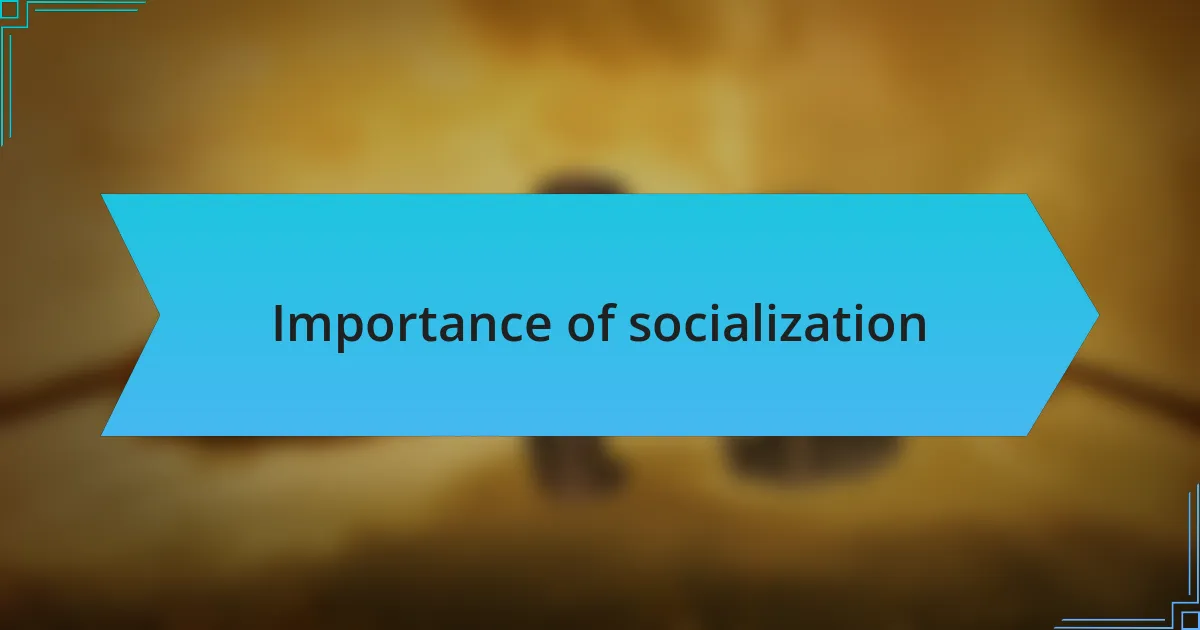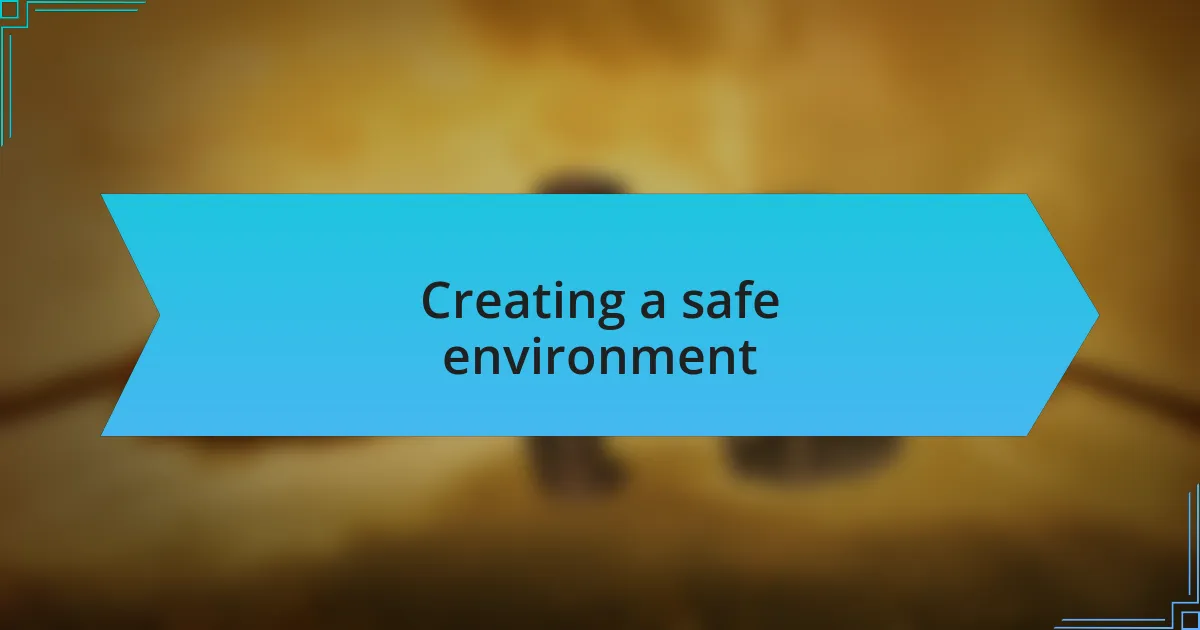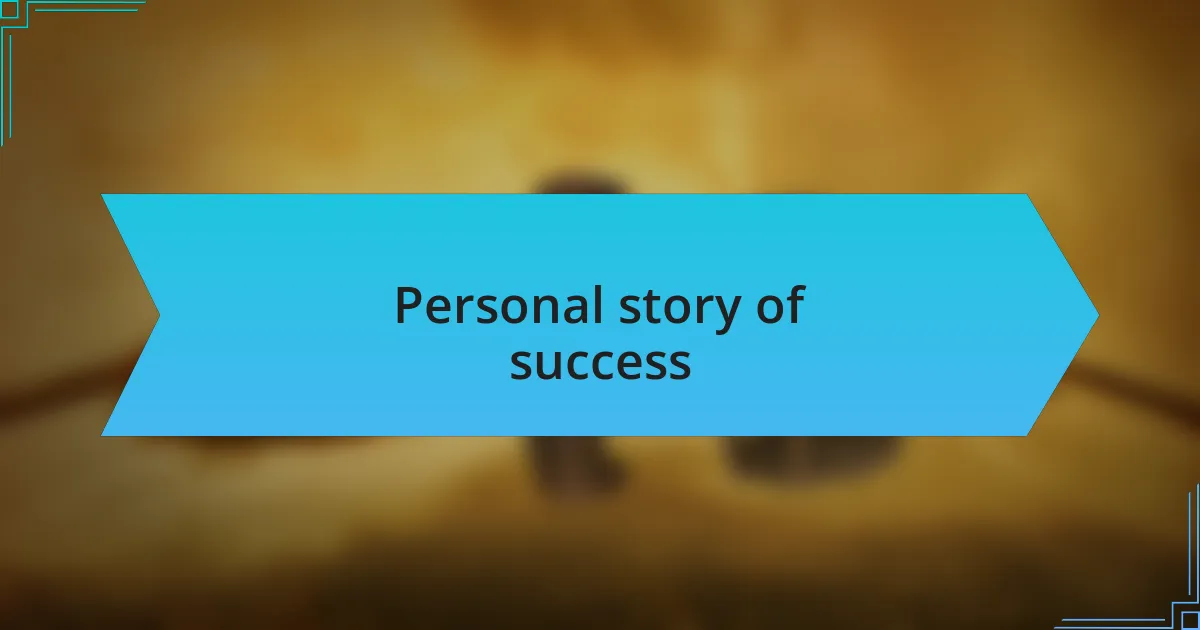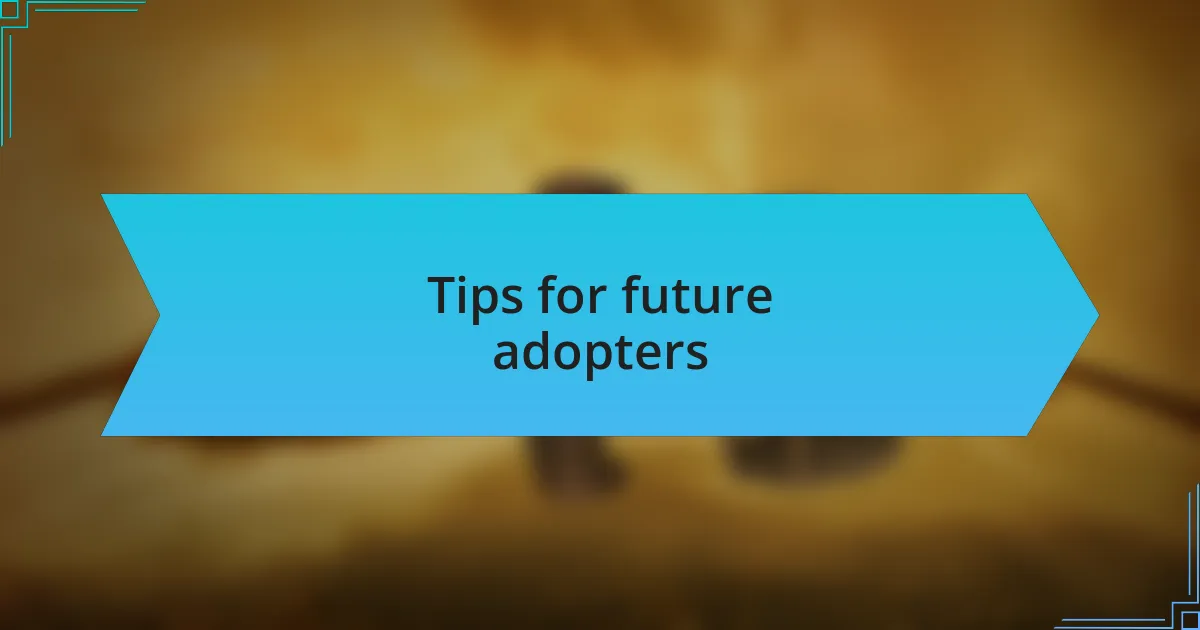Key takeaways:
- Understanding and addressing the emotional state of shy dogs is crucial for their wellbeing and confidence building.
- Socialization is essential in helping shy dogs explore their environment and form connections, significantly impacting their happiness and behavior.
- Using positive reinforcement and creating safe spaces aids shy dogs in overcoming fears and developing trust.
- Patience and celebrating small victories play a vital role in nurturing a shy dog’s development and strengthening the bond with their owner.

Understanding shy dogs
Shy dogs often come from backgrounds filled with uncertainty, which makes it crucial to understand their emotional state. When I first met a timid terrier named Bella, I could see her fear reflected in her wide eyes. Have you ever noticed how a shy dog avoids eye contact? It’s their way of signaling discomfort or anxiety, and recognizing these signs is vital for their wellbeing.
It’s interesting to consider that shyness in dogs may stem from inadequate socialization during their formative months. I remember a day at the shelter when I watched shy pups cowered in the corner while the more outgoing ones ran around playfully. This contrast made me ponder: how can we create a safe environment that encourages these gentle souls to flourish without feeling overwhelmed? Each shy dog has a unique personality and backstory, which means that patience and understanding play key roles in helping them gain confidence.
A shy dog’s behavior can often be misinterpreted as aloofness, but in reality, they’re simply navigating their fears. One quiet afternoon, as I sat on the floor near a hesitant beagle named Charlie, I realized that it was essential to let him come to me on his terms. This experience made me reflect on the importance of creating safe spaces for shy dogs, allowing them to explore at their own pace while building a trusting relationship.

Importance of socialization
Socialization is a game-changer for shy dogs, acting as a bridge to their confidence and comfort. I recall introducing Bella to a small gathering of dog lovers in a controlled environment. Slowly, I watched her emerge from her shell—noses sniffing, tails wagging. It struck me then: how can we expect them to thrive if they don’t experience different environments and interactions?
When I think about the benefits of socializing dogs, I can’t help but remember an unforgettable day with my friend’s shy puppy, Max. We took him to a local park during a quiet hour and encouraged him to greet another calm dog. The moment Max ventured to sniff, his entire posture shifted. It was as if he discovered a new world filled with possibilities. Nothing compares to witnessing a shy dog take that first step towards trusting the world around them.
The emotional impact of socialization cannot be overstated. Just like humans, dogs thrive on connection and experience. Have you ever noticed how a dog’s happiness radiates when they feel secure in their surroundings? Our furry friends need these interactions to develop healthy behaviors and reduce anxiety. Providing them those opportunities isn’t just beneficial; it’s essential for their overall health and happiness.

Steps to build confidence
Building confidence in a shy dog requires a layered approach. One effective method I found is through consistent, positive reinforcement. For example, when I started training my rescues, I celebrated even the smallest achievements—a wagging tail, a curious sniff—with treats and gentle praise. This simple act of acknowledgment not only boosted their morale but also encouraged them to take more bold steps.
Creating safe spaces is another critical step in nurturing confidence. I remember setting up a designated area in my living room filled with familiar toys and calming scents. It became a sanctuary for my shy pup, Luna, where she could retreat whenever the world felt overwhelming. Over time, I noticed her venturing out of her comfort zone, exploring new sounds and sights with a newfound bravado. Isn’t it fascinating how a little comfort can inspire courage?
Lastly, patience plays a significant role in this journey. I once met a timid dog named Daisy at the shelter, who took weeks to trust humans. Rather than rushing her, I spent quiet moments sitting beside her, allowing her to come to me on her own terms. Gradually, she began to realize that she was safe, and that trust blossomed into confidence. It made me wonder: how often do we forget the impact of simply being present with our pets?

Creating a safe environment
Creating a safe environment is essential for any shy dog. I remember a time when I took in a quiet little terrier named Max. At first, he would hide under the couch, trembling at any sound. To help him feel secure, I gradually established a comforting routine and a cozy corner filled with soft blankets. Providing him that little sanctuary did wonders, transforming his fear into curiosity. How simple comforts can dramatically shift a dog’s perspective!
In addition to a designated safe space, I found that the overall atmosphere in the home plays a pivotal role. For instance, I decided to minimize loud noises and chaotic movements, which can be overwhelming for sensitive pups. I started using soft music to create a calming ambiance, which I noticed helped not just Max, but also my other pets feel more relaxed. Can you imagine the difference those small changes made in our household?
Moreover, including consistent and gentle interactions truly builds a dog’s sense of security. When I began to softly talk to Max in soothing tones during our playtime, I saw his shyness begin to melt away. Every little gesture, from offering a treat to slowly extending a hand, proved that I was a friend, not a foe. Isn’t it incredible how the right kind of interaction can foster lasting bonds?

Using positive reinforcement
Using positive reinforcement transformed my approach with Max, the shy terrier. Instead of forcing him out from under the couch, I learned that patience and encouragement were the keys. Whenever I saw him venture out even slightly, I offered him a gentle treat or an affectionate rub. Watching his tail wag ever so slightly was a reward in itself. Can you feel that sense of achievement when you see a once-timid creature start to respond?
I vividly remember one moment when Max tentatively approached me, his big eyes filled with uncertainty. I calmly tossed him a treat, emphasizing how brave I thought he was for trying. That small act led to a gradual shift; it was as if I was fueling his confidence with each reward. Reinforcement, whether it’s a tasty snack or praise, created a bridge of trust between us. It’s fascinating how a little encouragement can pave the way to a dog’s heart, isn’t it?
Over time, I noticed that Max began to associate my presence with positive experiences. For instance, during our training sessions, his mixed feelings gradually shifted into eager anticipation. By using positive reinforcement techniques, like clicker training coupled with treats, I transformed what once seemed like a daunting task into an enjoyable bonding experience. I think about how important it is to focus on what they do right rather than the mistakes they make. Isn’t it reassuring to know that love and patience can lead to such meaningful connections?

Personal story of success
The breakthrough moment with Max came unexpectedly one sunny afternoon. I had been sitting quietly on the floor, allowing him to observe me from a safe distance. Suddenly, he sniffed the air and took a bold step closer, and my heart soared. I gently spoke his name, my voice filled with warmth, and reached out a hand. Watching him come toward me, timid yet determined, filled me with pride.
One evening, as we played a game of fetch in the backyard, I noticed something truly remarkable. Max, who once would shy away from noise, began to bark in excitement whenever I threw the toy. It was as if he had finally found his voice. These moments were potent reminders that success often comes in small, delightful victories that can change a dog’s life and our own. Have you ever noticed how even the tiniest steps forward can create a ripple effect of joy and connection?
Reflecting on this journey, I can’t help but marvel at how far Max has come. The transition from a shy pup who hid from the world to a playful companion who greets each new day with enthusiasm has been nothing short of inspiring. Each day with him reinforces my belief that, with patience and understanding, we can help our furry friends open up and truly thrive. Isn’t it amazing to witness such transformation?

Tips for future adopters
When considering adopting a shy dog, patience must be your guiding principle. I remember those early days with Max, when just sitting quietly together was a form of bonding. It’s essential to create a safe environment where your new friend feels secure enough to explore at their own pace. Remember, slow and steady wins the race.
One approach that worked wonders for us was establishing a consistent routine. I found that knowing what to expect helped Max relax. Regular meal times, play sessions, and walks not only built trust, but they also created a sense of stability for him. Have you thought about how structure could benefit your shy dog?
Additionally, it’s important to celebrate small victories along the way. I recall the first time Max attempted to greet a neighbor; I celebrated like it was his birthday! These moments, no matter how minor they may seem, are significant milestones. How will you acknowledge your dog’s progress and encourage their growth? Embracing these little wins can strengthen your bond and reinforce their confidence.